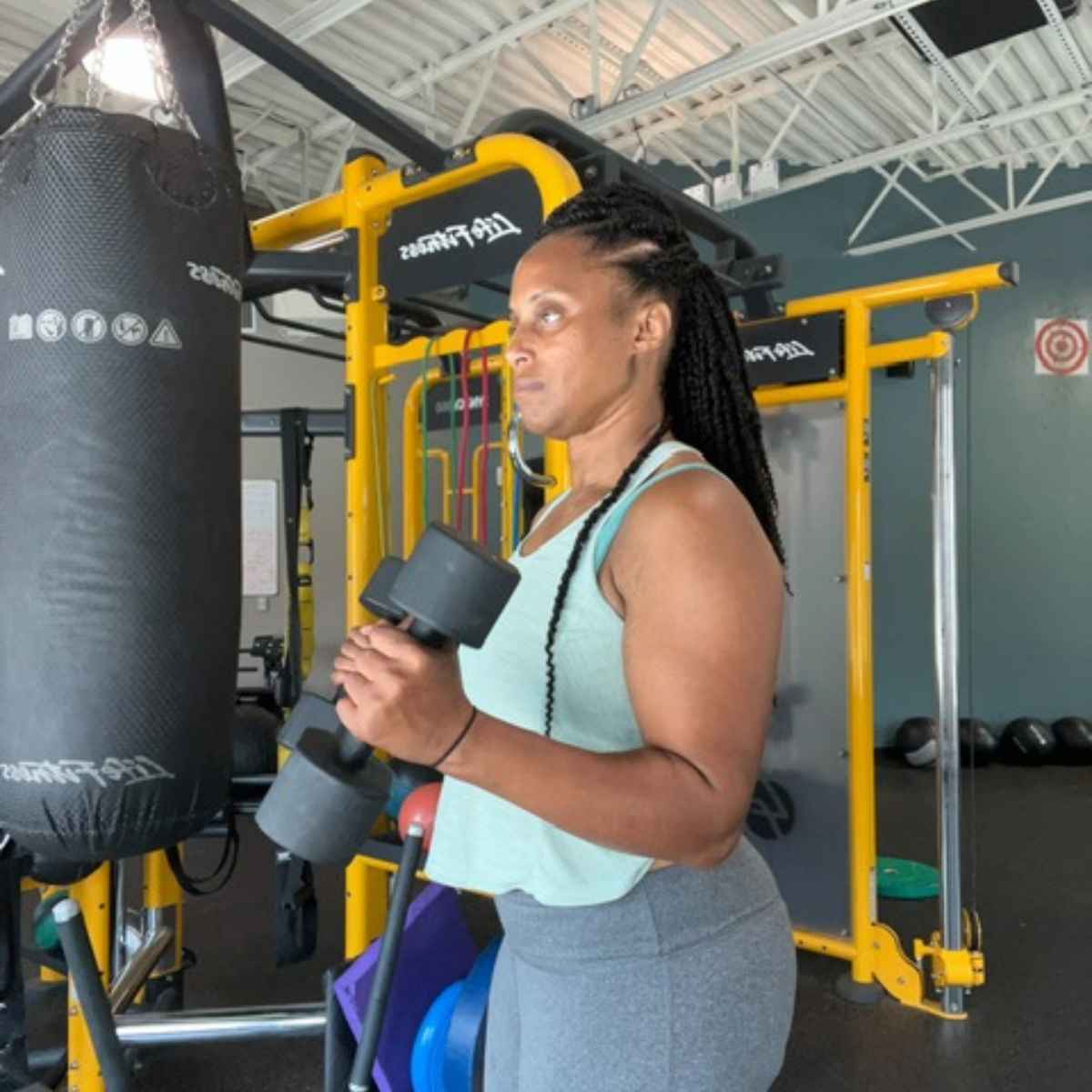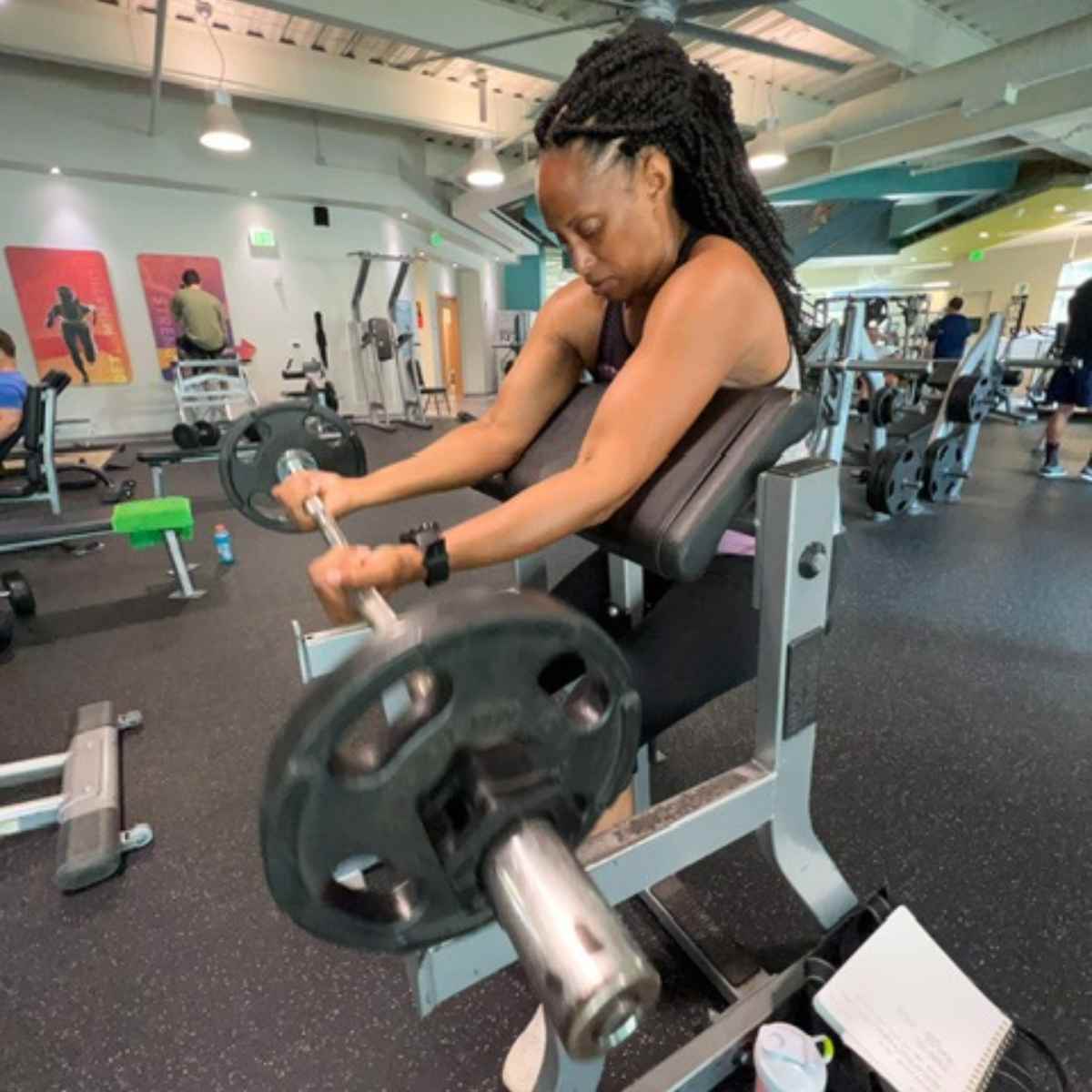Shoulder sculpting: Lateral raise vs shoulder press
When you want to sculpt your shoulders, two exercises often stand out as staples in strength training: the lateral raise and the shoulder press. If your goal is to build stronger, more defined shoulders, the lateral raise and shoulder press should be a part of your shoulder day workouts.
Shoulders are a focal point of the upper body, contributing not only to aesthetic appeal but also to functional strength. Whether you’re shooting for “capped” shoulders or simply aiming to boost your upper body strength, choosing the right exercises can make all the difference in your shoulder workouts.
Lateral raise vs shoulder press
Shoulder exercises are really important when we talk about getting stronger and being able to do everyday activities easily. Imagine your shoulders as the “hinges” of your upper body.
They help you lift things, push and pull stuff. So, making them strong is like giving your upper body a strong foundation.
Lateral raise
The dumbbell lateral raise primarily targets the medial deltoid or side delts. This exercise is crucial if you are looking to enhance shoulder width and achieve that coveted ‘V’ shape.

Benefits of lateral raises
- Strong shoulders: Lateral raises make your shoulder muscles stronger. This is super helpful for everyday activities like lifting a heavy backpack, carrying groceries or even picking up toys. Strong shoulders make these tasks easier and less tiring.
- Better posture: Working on your deltoids also can improve your posture. Imagine your spine as a tall tower, and your deltoids are like the strong walls holding it up. When they’re strong, you’re less likely to slouch, and that’s great for your back and overall confidence.
- Balanced look: Lateral raises help your shoulders look balanced. This is important because when one side of your body is stronger than the other, it can lead to problems. Strong and evenly developed deltoids give you that balanced, healthy appearance.
- Injury prevention: Strong deltoids act like guards for your shoulder joint s. They keep these joints stable and safe.
- Improved range of motion: When you work on your deltoids through lateral raises, you’re also enhancing your shoulder’s flexibility and range of motion. Having good shoulder flexibility can make your daily movements feel smoother and more effortless, adding another layer of practicality to this exercise.
How to perform
- In a seated position or standing position, hold the pair of dumbbells at either side in a neutral grip.
- Using just your shoulders and arms, raise the dumbbells out to your side until your arms are parallel to the ground with a slight bend in your elbow.
- Keep your chest up and your core engaged.
- Lower the dumbbells back to the starting position — with control.
- Repeat.
Lateral raise variation
Cable lateral raises

- Start by attaching a handle attachment to the low end of a cable machine.
- Stand shoulder-width apart next to the machine.
- Grab the handle with your right hand and use the other arm to hold the pulley for support.
- Your arm should be parallel to your side.
- Raise your right arm out to the side up to shoulder level.
- Your elbow should only have a slight bend in it to maintain good form
- Keep your arms stationary as your shoulders do all the heavy lifting
- Slowly lower to starting position.
- Repeat.
Tip: Start with a lighter weight that you can raise with proper form. Avoid scrunching your shoulders to your ears
Shoulder press
The shoulder press is a compound exercise that targets the deltoids, but also works the trapezius, triceps brachii, supraspinatus, serratus anterior and levator scapulae.

Benefits of the shoulder press
- Strong shoulders: Shoulder presses make your shoulder muscles strong. This helps with everyday tasks like lifting things overhead, pushing heavy doors, or even reaching for items on high shelves.
- Powerful arms: By working on your triceps, shoulder presses also give you powerful arms. These muscles are important for pushing things away from your body, like when you need to open a heavy door or push a shopping cart.
- Better posture: Strong shoulders help your posture too. They act like strong pillars, holding up your upper body. When they’re sturdy, you’re less likely to slouch, which not only looks better but also keeps your spine healthy.
- Balanced upper body: When you target your shoulders and triceps, you’re creating a balanced upper body. That means your upper body looks strong and even, which is great for your overall appearance.
- Injury Prevention: Strong deltoids and triceps also help protect your shoulder joints. These joints can be vulnerable, especially during sports or physical activities.
How to perform

- From a seated or standing position, hold a heavy dumbbell in each hand by your side.
- Press the dumbbells straight overhead, keeping elbows narrow. At the top of the dumbbell press, rotate the dumbbells so your palms face out (away from you).
- As you lower the dumbbells, elbows should go wide, arms bent at 90 degrees (like goal posts).
- Keep your elbows in line with your shoulders.
- Repeat.
Comparing lateral raises vs shoulder presses
Although one may appear to be “better” than the other when it comes to developing large 3D delts, they are both effective exercises.
Both exercises should be added to your shoulder day routine. These movements are key to optimal shoulder growth.
The lateral raise is an isolation exercise that primarily targets the lateral deltoids, helping to enhance shoulder width and definition.
While the shoulder press, often referred to as the military press, is a compound exercise that primarily targets the anterior deltoids while also working the lateral deltoids, upper pectorals, and triceps.
For even more shoulder exercises, try these:

Lateral deltoid exercises

Shoulder dumbbell workout








